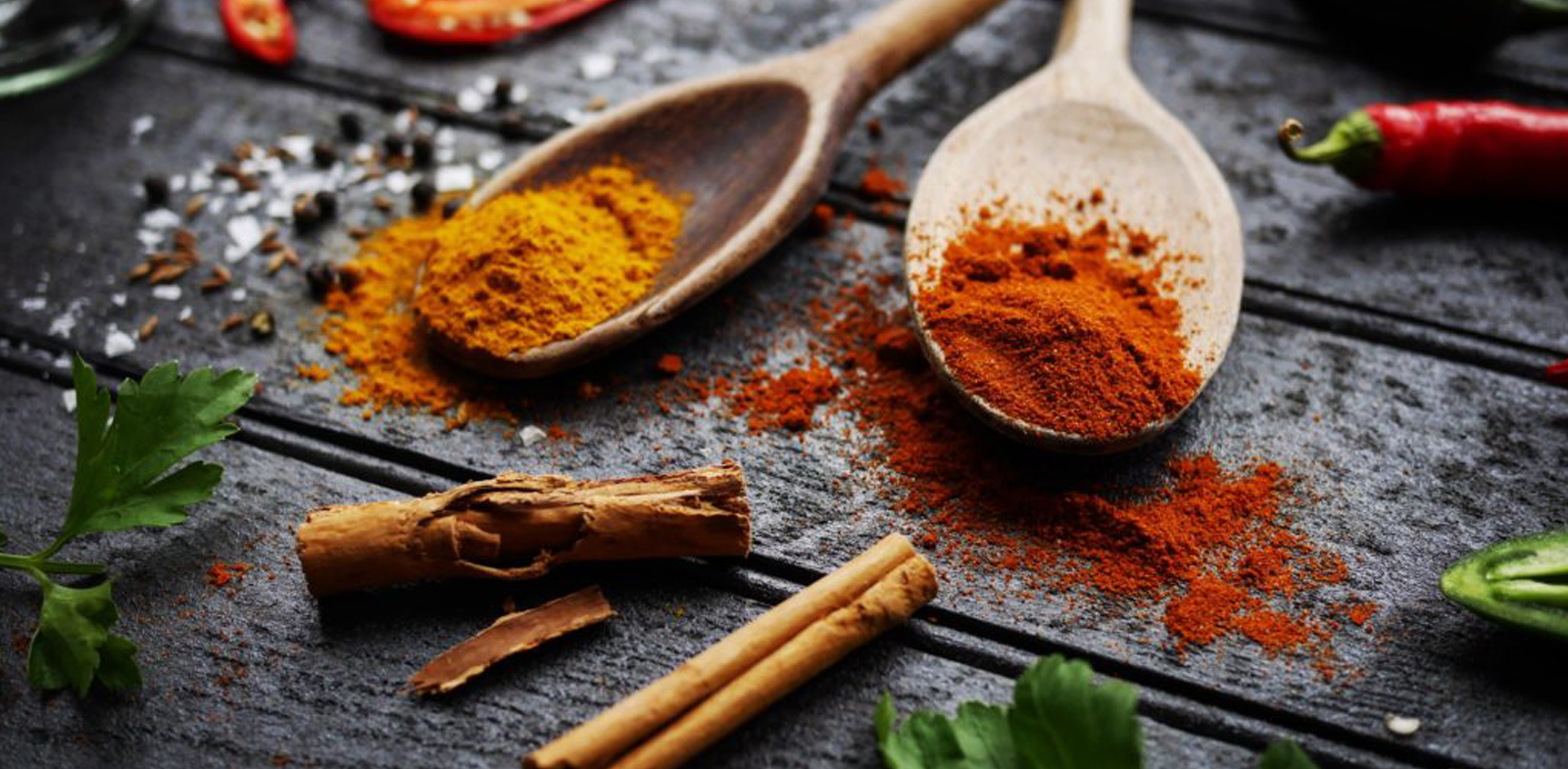Five Common Spices Used in Cooking Indian Food
One of the things that people find difficult about cooking Indian food is the vast array of spices used, both whole and ground. Both spices used are often combined into complex spice mixes. Cooking Indian food generally involves the use of spice and herbs while preparing the dishes as spice gives the flavor and taste to the food.
Most spices, with some exceptions such as nutmeg, are dry-roasted to release their essential oils before being ground into spice mixes. While some spices can be blended using a mortar and pestle, it is generally recommended to use a spice grinder or powerful blender to make sure the mixes are finely ground. This is because some spices, such as cassia bark, are very hard and tough to blend down to a fine powder.
Here are some of the spices that are most commonly used and found in cooking Indian food: –
1. Cloves
- Clove is a common spice that is used in Indian cooking and its anise notes are easily recognizable in many Indian preparations.
- The strong, almost medicinal flavor of clove originates from the concentration of essential oils.
- Cloves are actually flowers, and a lot of their oils are pressed out before they are dried and used in cooking.
- Cloves can be used whole or blended into spice mixes.
- Cloves need to be used with caution, as they are prone to overpower the more delicate spices.
2. Cassia Bark
- Cassia bark is an interesting spice, as it is also known as Chinese cinnamon, and it is a genus of the cinnamon tree.
- Cinnamon is a little bit different from cassia, and generally differentiated by being called “true cinnamon.”
- Cassia is cheaper to produce, and the majority of ground cinnamon is actually made from cassia bark.
- Indians use cassia rather than true cinnamon in their cooking, as it has a milder flavor and can be used in many quantities.
- Cassia can also be used whole or ground in spice mixes. It is easily distinguishable by its rough, tree bark-like texture, and the best way to check for freshness is to rub a little on your fingers. If you can smell a cinnamon fragrance, this indicates that the bark is fresh.
- When one is substituting cinnamon for cassia, one should use less cinnamon as the flavor of true cinnamon is more intense.
3. Black Pepper
- Black pepper originated from India, primarily from the Western Ghats and Malabar region.
- Black pepper is a surprisingly hard spice to grow, as it depends on many natural cycles, like a set amount of rainfall, which is why prices for fresh pepper may vary a lot.
- Similar to most spices, black pepper needs to be toasted before blending.
- To reach the best flavor, fresh black pepper can also be ground directly into dishes.
4. Turmeric
- Turmeric is grown as a rhizome, it can be used fresh (much like ginger) or dried. It has been known to have a ton of health benefits and is used in a lot of spice mixes and curries.
- The flavor of fresh turmeric is a bit stronger than dried, and it stains very easily, so make sure you are careful with your clothes and utensils while cooking with tumeric.
- Turmeric has a pungent and earthy fragrance, it is recommended to use it in small quantities to give curries a beautiful golden color.
5. Nutmeg and Mace
- Nutmeg and mace are commonly used in cooking Indian dishes.
- Mace is the dark-red outer covering of the nutmeg.
- Fresh nutmeg is processed by removing the pulpy outside and sliding off the mace. It has a tough outer covering that needs to be cracked off before grating.
- Mace turns into golden-orange and has hints of warm flavor when it is dried.
- Once nutmeg is dried, it lasts pretty much forever, therefore it is best to buy it whole and grate as required into your dishes.
- Nutmeg is one of those spices whose flavor degrades very fast once it is ground. Nutmeg does not need to be toasted before blending into spices, as toasting would ruin its delicate flavor
Overall, cooking Indian food would generally require a lot of spices, and each spice has its own unique property that gives different outcomes to the cooking. Therefore, it is important to be knowledgeable of the type of spice to use when cooking dishes.


